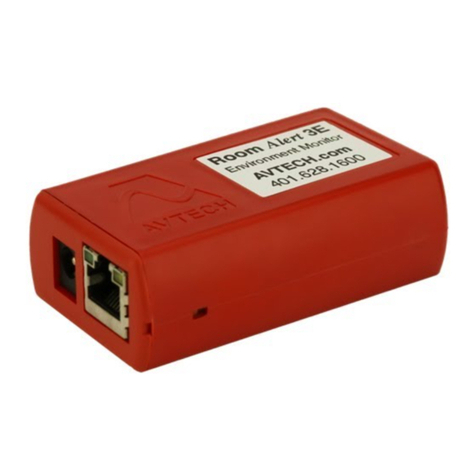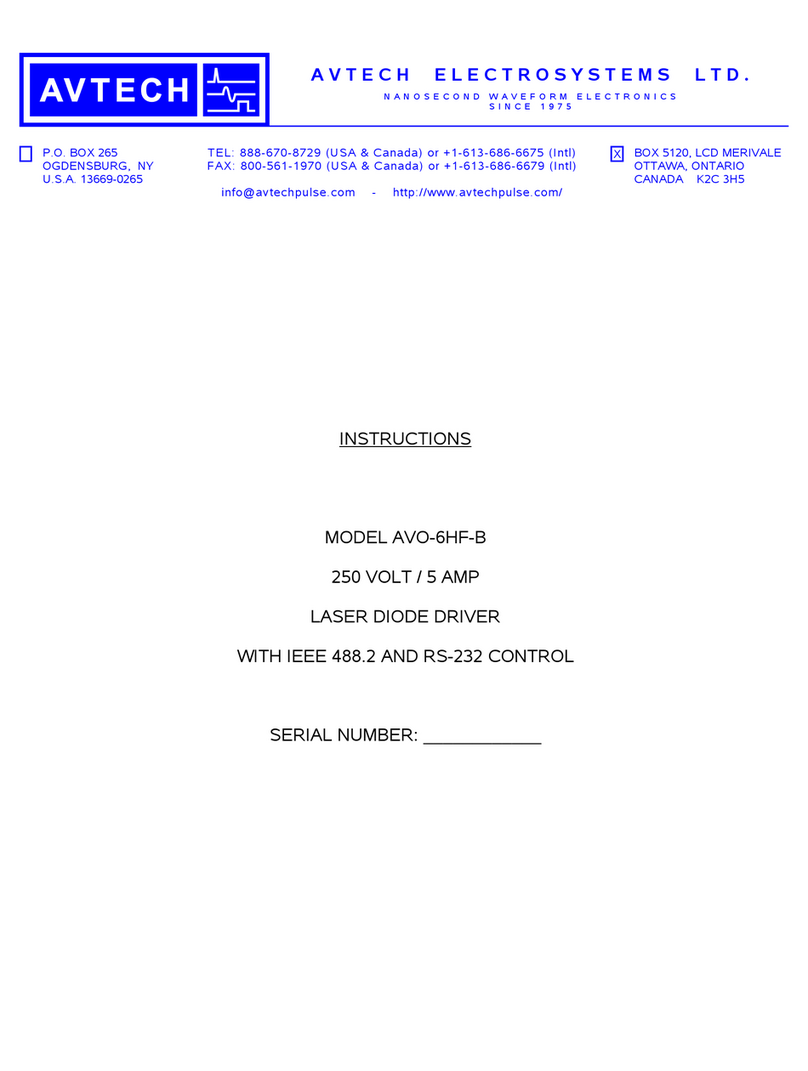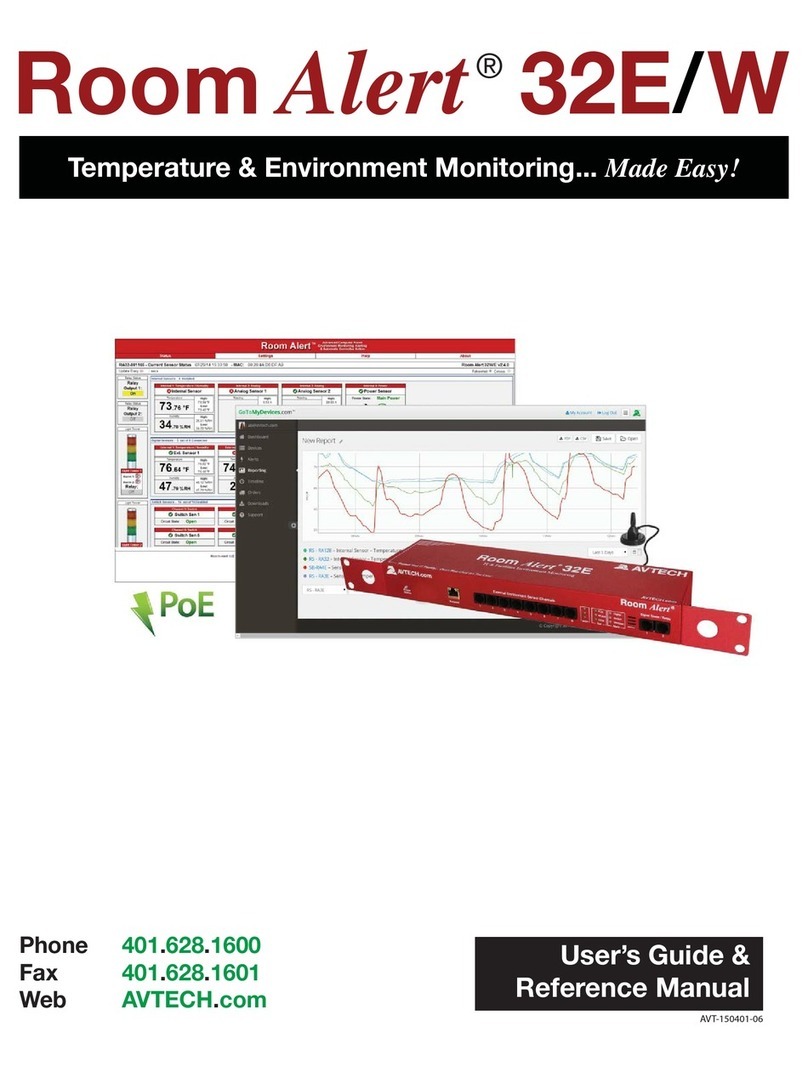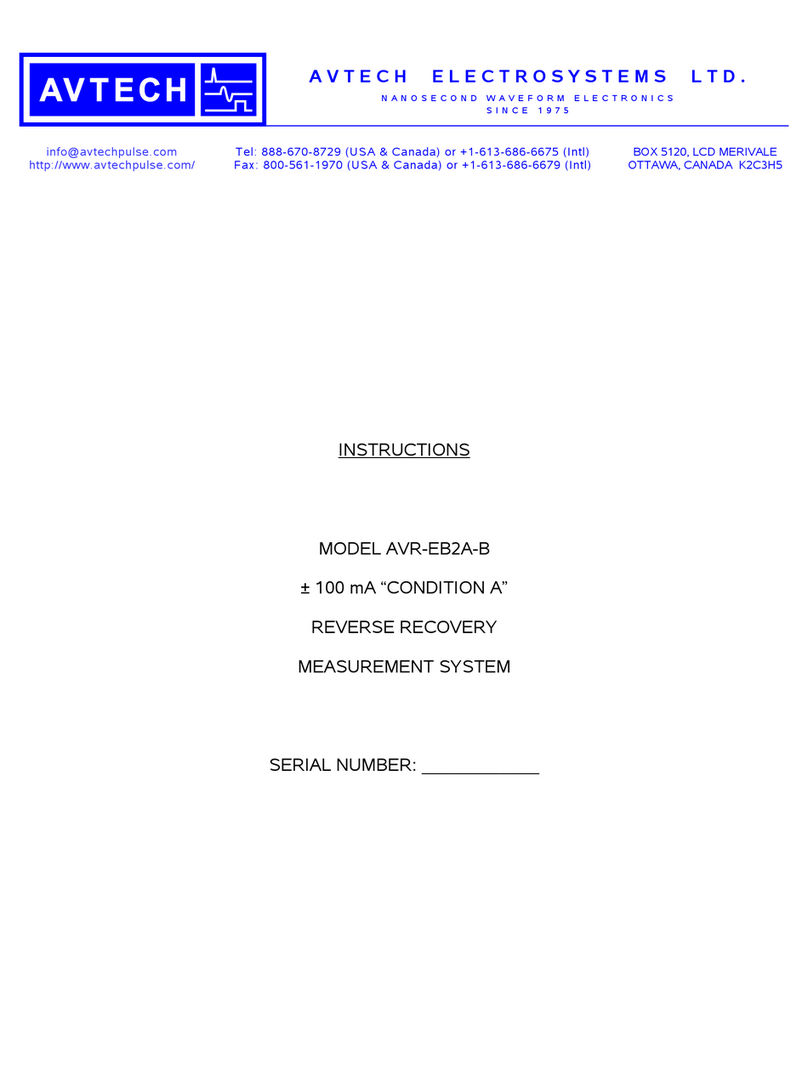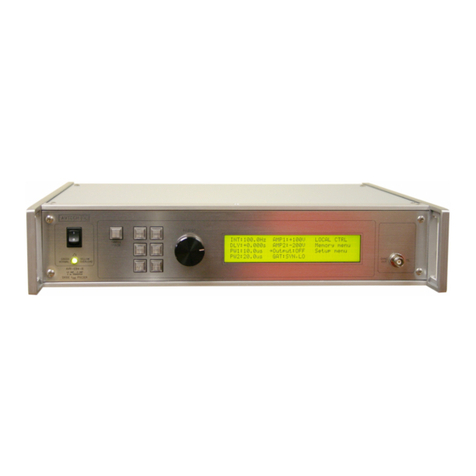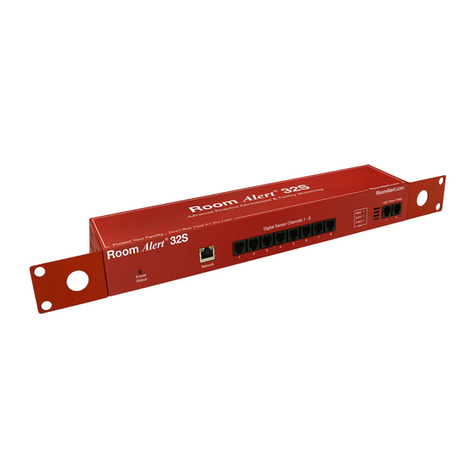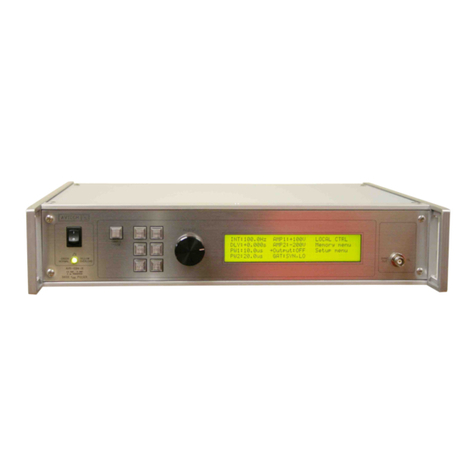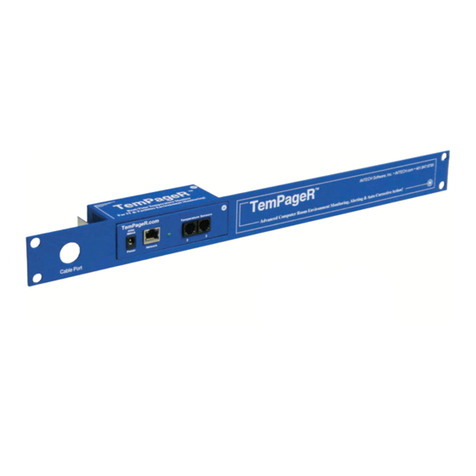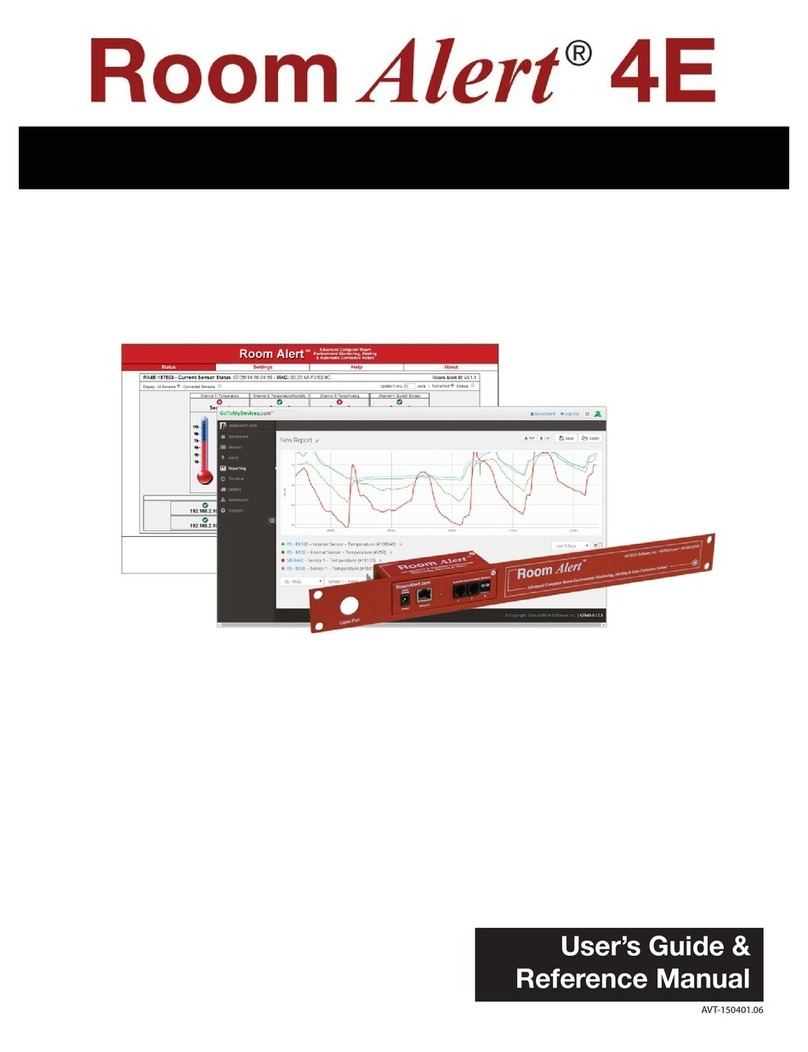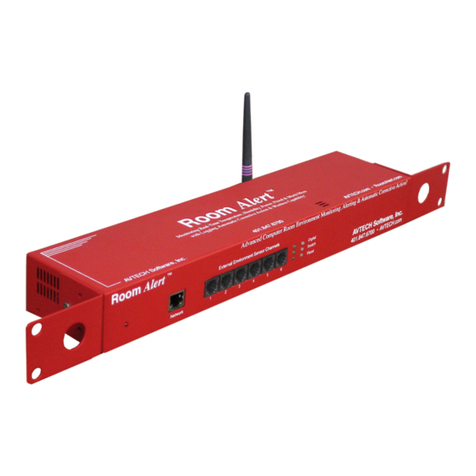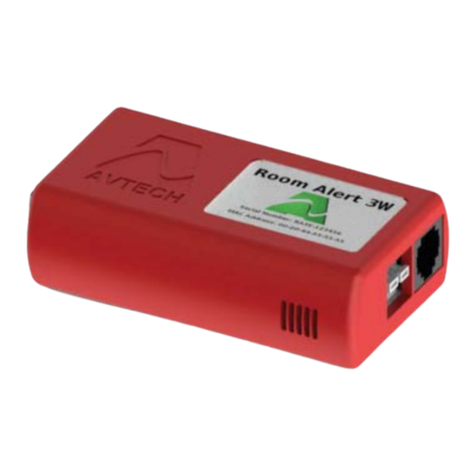ACCESSIBLE VOLTAGES...................................................................................................24
TEST IGS.................................................................................................................... 25
ALL TEST JIGS..................................................................................................................... 25
AVX-TRR-NXPB-SOD123 TEST JIG.................................................................................25
AVX-TRR-NXPB-SOD128..................................................................................................... 28
TYPICAL RESULTS......................................................................................................29
TYPICAL RESULTS: CMMR1S-02.......................................................................................29
TROUBLESHOOTING.................................................................................................. 32
PROGRAMMING YOUR PULSE GENERATOR...........................................................33
KEY PROGRAMMING COMMANDS....................................................................................33
ALL PROGRAMMING COMMANDS.....................................................................................33
MECHANICAL INFORMATION.....................................................................................36
TOP COVER REMOVAL....................................................................................................... 36
RACK MOUNTING................................................................................................................36
ELECTROMAGNETIC INTERFERENCE..............................................................................36
MAINTENANCE............................................................................................................ 37
REGULAR MAINTENANCE..................................................................................................37
CLEANING............................................................................................................................ 37
TRIGGER DAMAGE.............................................................................................................. 37
WIRING DIAGRAMS.....................................................................................................38
IRING OF AC PO ER.......................................................................................................38
PCB 158R6 - LO VOLTAGE PO ER SUPPLY................................................................39
PCB 168C - HIGH VOLTAGE DC PO ER SUPPLY............................................................40
PCB 201C – SAFETY INTERLOCK......................................................................................41
PCB 241F - SECONDARY PULSE IDTH OR DELAY CONTROL.....................................42
PCB 228D - OP AMP LEVEL SHIFTING..............................................................................43
PCB 104H - KEYPAD / DISPLAY BOARD...........................................................................44
MAIN IRING....................................................................................................................... 45
STANDARD TEST JIG IRING (AVX-TRR-NXPB-SOD123 )...........................................46
TEST JIG IRING (AVX-TRR-NXPB-SOD128)....................................................................47
PERFORMANCE CHECK SHEET................................................................................48
Manual Reference: /fileserver2/officefiles/instructword/avr-eb/avr-eb4-b-nxpa/AVR-EB4-B-NXPB-SOD123W,ed3.odt.
Last modified August 8, 2022.
Copyright © 2022 Avtech Electrosystems Ltd, All Rights Reserved.
